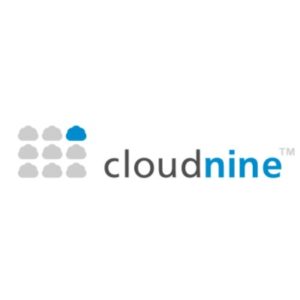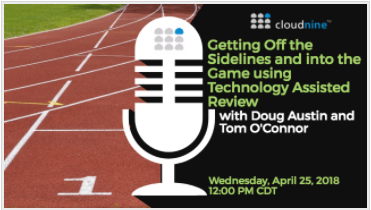If You’re an eDiscovery Professional Interested in Predictive Coding, Here is a Site You May Want to Check Out: eDiscovery Trends
On his Complex Discovery site, Rob Robinson does a great job of analyzing trends in the eDiscovery industry and often uses surveys to gauge sentiment within the industry for things like industry business confidence. Now, Rob is proving and overview and conducting a survey regarding predictive coding technologies and protocols for representatives of leading eDiscovery providers that should prove interesting.
On his site at Predictive Coding Technologies and Protocols: Overview and Survey, Rob notes that “it is increasingly more important for electronic discovery professionals to have a general understanding of the technologies that may be implemented in electronic discovery platforms to facilitate predictive coding of electronically stored information.” To help in that, Rob provides working lists of predictive coding technologies and TAR protocols that is worth a review.
You probably know what Active Learning is. Do you know what Latent Semantic Analysis is? What about Logistic Regression? Or a Naïve Bayesian Classifier? If you don’t, Rob discusses definitions for these different types of predictive coding technologies and others.
Then, Rob also provides a list of general TAR protocols that includes Simple Passive Learning (SPL), Simple Active Learning (SAL), Continuous Active Learning (CAL) and Scalable Continuous Active Learning (S-CAL), as well as the Hybrid Multmodal Method used by Ralph Losey.
Rob concludes with a link to a simple three-question survey designed to help electronic discovery professionals identify the specific machine learning technologies and protocols used by eDiscovery providers in delivering the technology-assisted review feature of predictive coding. It literally take 30 seconds to complete. To find out the questions, you’ll have to check out the survey. ;o)
So far, Rob has received 19 responses (mine was one of those). It will be interesting to see the results when he closes the survey and publishes the results.
So, what do you think? Are you an expert in predictive coding technologies and protocols? Please share any comments you might have or if you’d like to know more about a particular topic.

Sponsor: This blog is sponsored by CloudNine, which is a data and legal discovery technology company with proven expertise in simplifying and automating the discovery of data for audits, investigations, and litigation. Used by legal and business customers worldwide including more than 50 of the top 250 Am Law firms and many of the world’s leading corporations, CloudNine’s eDiscovery automation software and services help customers gain insight and intelligence on electronic data.
Disclaimer: The views represented herein are exclusively the views of the author, and do not necessarily represent the views held by CloudNine. eDiscovery Daily is made available by CloudNine solely for educational purposes to provide general information about general eDiscovery principles and not to provide specific legal advice applicable to any particular circumstance. eDiscovery Daily should not be used as a substitute for competent legal advice from a lawyer you have retained and who has agreed to represent you.









